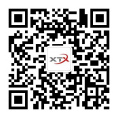In 1984, Toshiba first introduced the concept of fast flash memory. Four years later, Intel brought a 256K-bit flash memory to market. In 1989, Toshiba successfully developed NAND Flash.
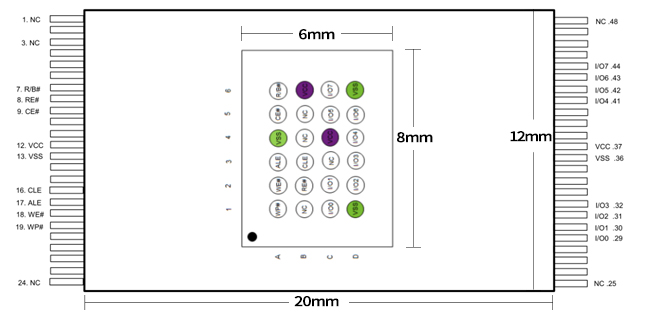
After 2000, major international companies entered the NAND Flash market, with manufacturing processes rapidly evolving from 9xnm to 2x, 1xnm. The cost advantage of NAND per Mbit opened up an era of replacing NOR Flash, leading to a surge in application demand. The TSOP48 12x20x1.2mm (Thin Small Outline Package) small package gradually became mainstream alongside NAND Flash development, while the smaller BGA63 11x9x1.06mm (Ball Grid Array) package with higher security levels (hidden pins) soon followed to support SLC NAND needs and innovations.
With the advent of the IoT era after 2010, wireless communication, smart terminals, and portable wearable devices developed rapidly. Intelligence, low power consumption, and miniaturization became trends, and single-chip solutions with higher integration were favored by designers. SoC (System on Chip) and SiP (System in Package) accelerated their development. SiP, leveraging its advantages of small package size, low cost, and high integration, was widely adopted in wearables such as earphones and bracelets, accelerating the trend towards smaller packaging across various applications.
Liang Dongqing, Chairman and CEO of XTX Technology, stated, \"As a latecomer in the memory industry, we must continue to innovate, not only striving for the smallest chip area but also innovating in smaller package sizes to create value for our customers.\"
XTX Technology successfully transplanted the full series of parallel and serial NAND Flash with 3V/1.8V voltage and capacities ranging from 1Gbit to 8Gbit into the BGA24 6x8mm small package for mass production since its introduction in 2017. This met the needs of large capacity, small size, high security, high reliability, and cost competitiveness, gradually replacing TSOP48 as the preferred choice for SLC NAND Flash design in the IoT era.
(BGA24 & TSOP48 Package Comparison)
I. Advantages of XTX Technology's BGA24
1. Space-saving, simple design
The volume of BGA24 is only 1/5 of TSOP48, allowing independent design and significantly saving PCB space. XTX Technology also provides compatible TSOP48 layout design solutions to help designers easily support BGA24. Over 50 successful platform certifications and reference designs reduce the difficulty of customer secondary development and accelerate mass production.
2. Environmentally friendly, diverse options
The full series of BGA24 products comply with RoHS 2.0, halogen-free, and REACH standards, suitable for medical, toy, wearable, and home appliance industries, meeting environmental protection requirements and sustainable development goals. Multiple types and capacities provide one-stop solutions for different product
Part II: Selected Application Cases
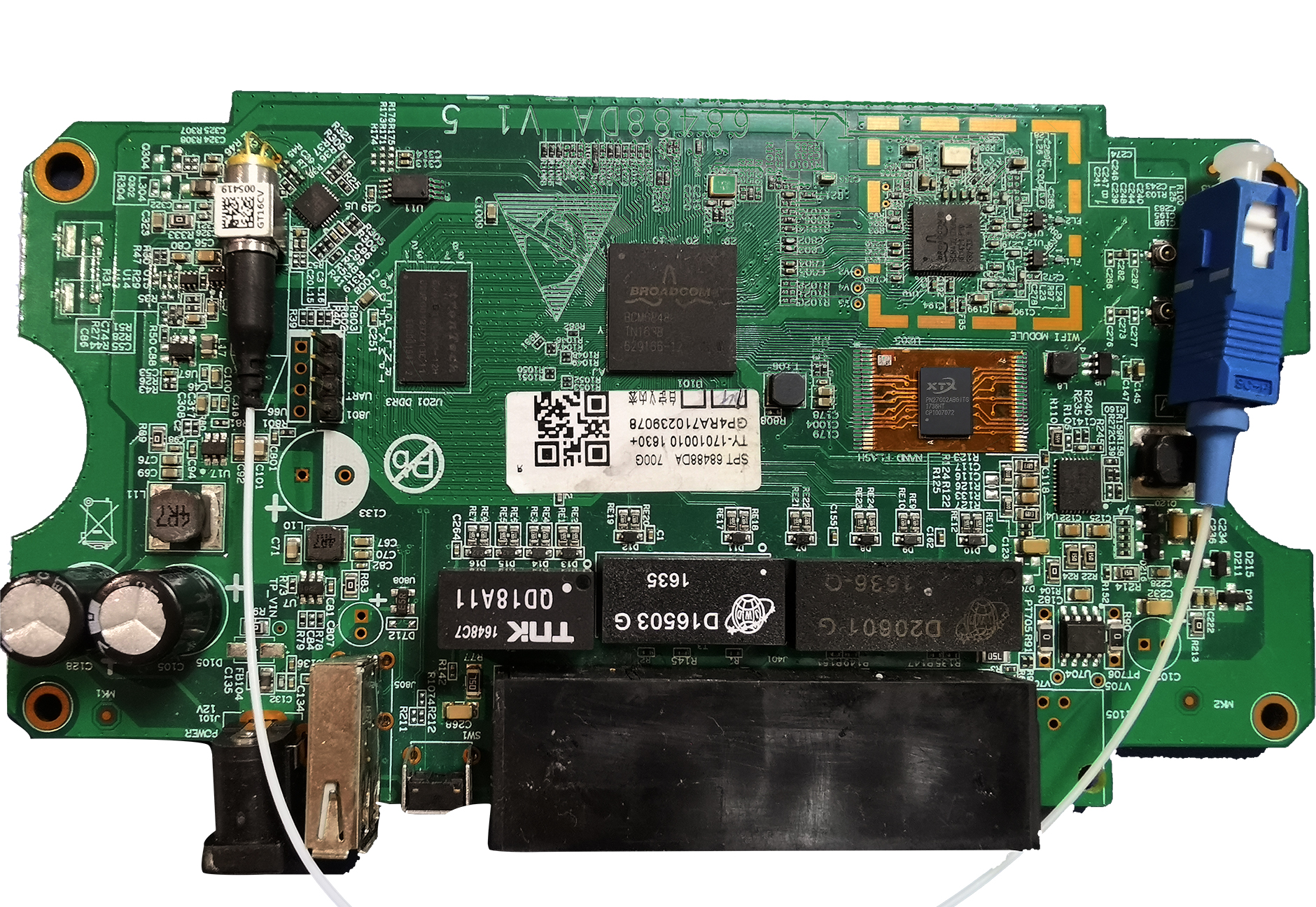
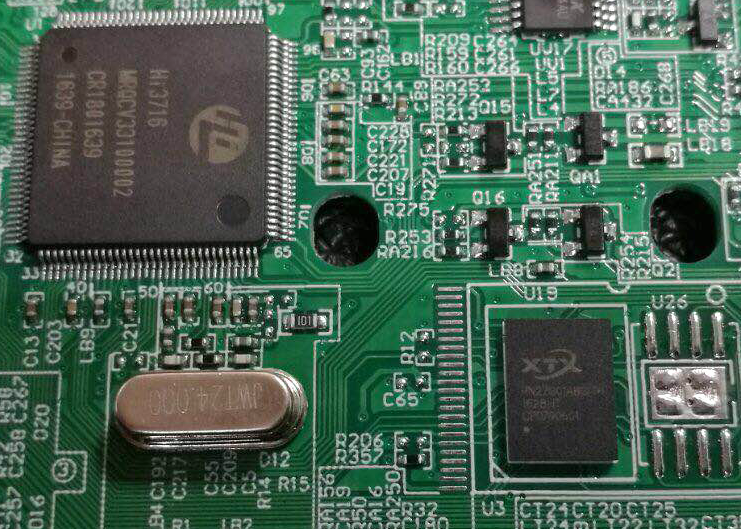
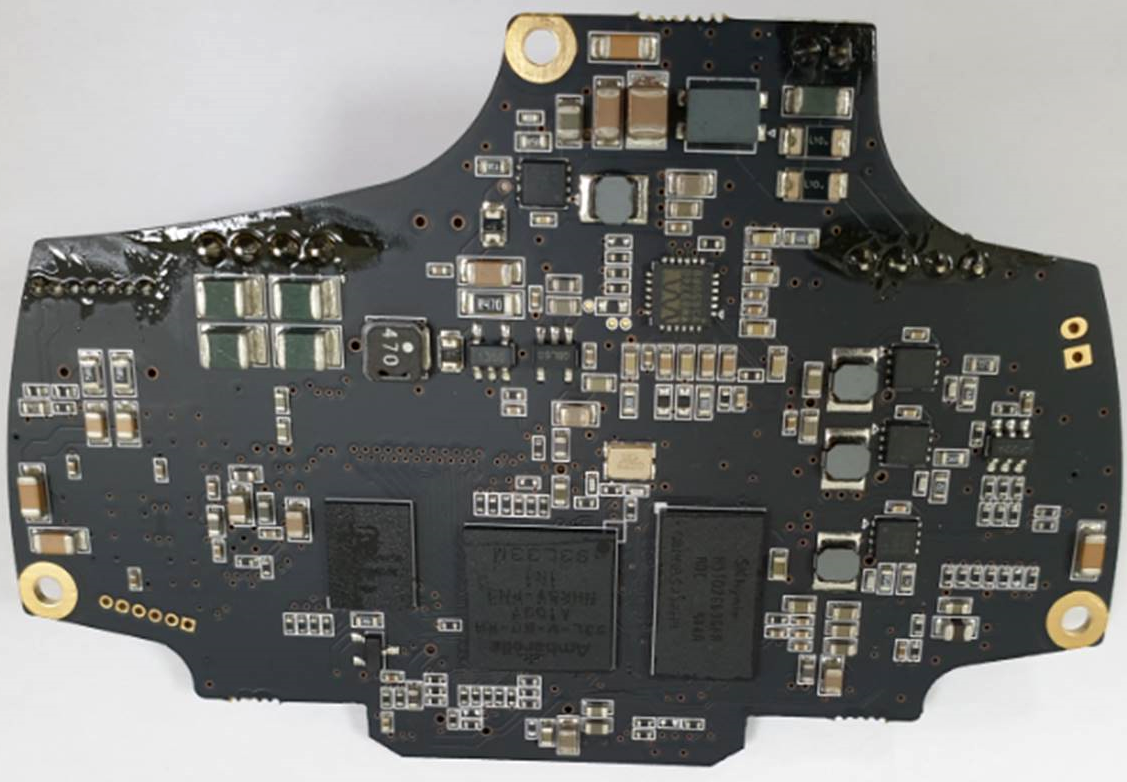
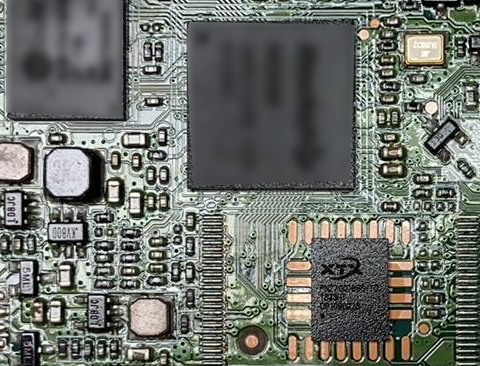
三.Technical support and services
Xtina offers adapter test boards from TSOP48 to BGA24, making it convenient for customers to directly verify under existing conditions.
For on-site support and consultation, please send an email to: fae@xtxtech.com.
